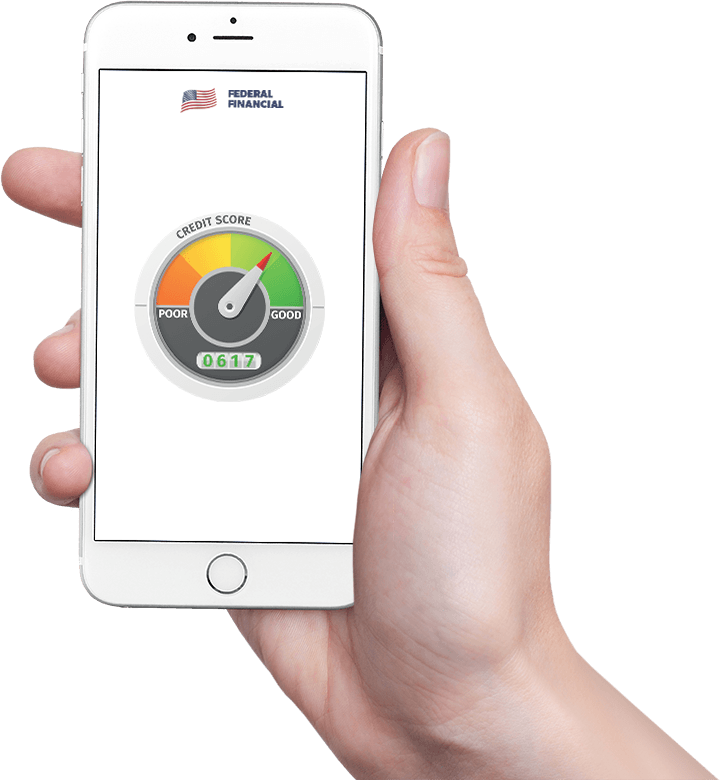Taking too long? Close loading screen.

FEDERAL FINANCIAL RELIEF Naomi Nielson

July 20th
Social Security disability refers to two completely different programs, the biggest of which is Social Security Disability Insurance (SSD). People on SSD are between the ages of 18 and 65, have worked and paid FICA taxes in the past, and are eligible for Medicare after two years of enrollment. SSD has a five-month waiting period to receive benefits, and can be extended to your spouse and children.
Meanwhile, Supplemental Security Income (SSI) is completely need-based, and benefits are delivered during the first month after your approval. SSI recipients may also enroll in their state’s Medicaid program, and most qualify for food stamps.
How much can you get from disability, exactly? Every case is unique, since the Social Security Administration uses a complex formula to calculate benefits. As a general guide, most people receiving SSD get between $300 and $2,200 per month, with the average monthly payout in 2014 at roughly $1,150. SSD payments in 2014 are capped at a maximum of $2,642.
To estimate your own potential benefit amount, you can use the SSA’s online benefits calculator here, or check your Social Security statement here.
Total auxiliary benefits (see below, Eligibility For Dependents) may not exceed 50–80% of the disabled individual’s benefits per dependent, and are capped at 150% of his or her benefits for the entire family.
For example, if Mr. Jones receives disability insurance at $500 per month, and his wife and two sons are also eligible, their total aid may not exceed $1,500 per month—$500 for Mr. Jones, and $1,000 divided between his wife and sons.
However, each individual dependent could not (typically) receive more than $400 per month.
SSI usually pays about $720 every month, or roughly $1,100 to eligible couples—with an increase for cost of living adjustments. In addition, all states add a supplement to the federal payment, except for:
State supplements range from $10 to $200, and depend on your marriage status and living arrangement.
If you qualify for SSD but receive low payment amounts, you can jointly enroll in SSI to meet its minimum monthly payout of $720. So, if you are only eligible for $360 from SSD, you will also receive $360 per month from SSI.
However, you must meet both programs’ enrollment requirements to receive joint benefits.
Each program has separate eligibility rules, though there is some overlap.
Medical Requirements
Social Security doesn’t use the same definition of “disability” as other government programs. Their coverage is only available to people who are totally disabled, and does not extend to partially disabled or short-term disabled individuals.
According to the Social Security Administration, you are considered disabled if:
These strict rules assume that you have other ways to find short-term relief, such as workers’ compensation, savings, or insurance.
The Social Security Administration also maintains a list of impairments here, and some are considered severe enough for immediate benefits approval.
To get Social Security disability insurance, you need insured Social Security status, meaning you paid enough in FICA taxes taken from your paychecks in the years leading up to your disability application.
To determine your eligibility, the Social Security Administration takes your past earnings and converts them to work credits. You can earn up to four work credits per year. For example, in 2013, $1,160 of earnings was needed to receive one work credit, and $4,640 to get the maximum credit amount.
The older you are, the more credits you will need to be eligible for disability benefits. The next step is to pass two tests regarding your work history: the “Recent Work Test” and the “Duration of Work Test.”
Recent work refers to credits earned in the years right before you became disabled, and is broken down by age.
Duration of work is similar, but your hours do not have to fall within a certain period of time. People who became disabled before age 28 generally must have worked for 1.5 years, while people of age 60 or older require a 9.5-year work history. For the full chart, visit page 6 of the Social Security eligibility brochure.
Remember, you could still qualify for Supplemental Security Income (SSI) if you do not have enough work credits to receive SSD if you can demonstrate financial need.
Your assets, unearned income, and income earned by your spouse do not affect your eligibility for SSD—unlike SSI.
However, if you engage in “substantial gainful activity” or SGA (earning more than a certain amount of money per month), you will not be eligible. In 2014, the monthly cap on SGA was $1,070 for most applicants and $1,800 for the blind.
Money gained from your spouse, interest, or investments does not count toward your monthly SGA limit.
People applying for SSI need to have less than $2000 ($3000 for couples) in assets and an extremely low income.
Many times, an entire family can receive benefits from SSD if one or both parents are eligible.
Minor, dependent children and stepchildren, and sometimes grandchildren and step-grandchildren are eligible for auxiliary SSD benefits until they turn 18, or 19 in the case of full-time students.
Spouses and ex-spouses of the disabled can also get auxiliary benefits if they care for the disabled worker’s children, up until the child turns 16. If the child is also disabled, the parent can receive disability insurance as long as the condition continues.
The spouse of a disabled worker on SSD can get auxiliary benefits if the spouse is over 62 years old and they cannot get benefits on their own.
For those who are disabled but still choose to work (as long as they are earning less than the SGA cap), they are able to deduct certain items and services from their monthly earned income. To be eligible for deduction:
Categories available for deduction vary, and include transportation, attendant care services, medical devices, and changes to your home—but remember, they MUST be work-related.
You may apply online for disability insurance—no need to make an appointment. Before you begin, view and print the application’s checklist to verify your eligibility and organize your information.
You can also call 1-800-772-1213 between 7 a.m. and 7 p.m. Monday to Friday to apply by phone, or TTY 1-800-325-0778 for the deaf and hard of hearing.
To apply in person, find your local Social Security office, but make sure to call first to schedule an appointment.
Sources
www.disability.gov
www.usa.gov
If you are interested in other types of government assistance or emergency help programs we have information for lots of different types of help such as a post on car voucher programs for help getting gas.
If you happen to be in Florida and need help finding low income housing, we recommend that you read our article with offices and resource locations.
Hey everyone I'm Naomi. I help people take full advantage of free programs and loopholes from governments and organizations. There are billions of dollars available to help people just like you. See if you're eligible today!
Introducing Federal Financial CreditRestore +
Poor credit costs you big. Higher car payments, more credit card interest, you name it. Get your credit fixed NOW with the official Federal Financial CreditRestore + program and get your financial life back on-track.
Sign up today and take full advantage—initial consultation is totally FREE.
Take Advantage
Questions? Get in touch
Recent Comments